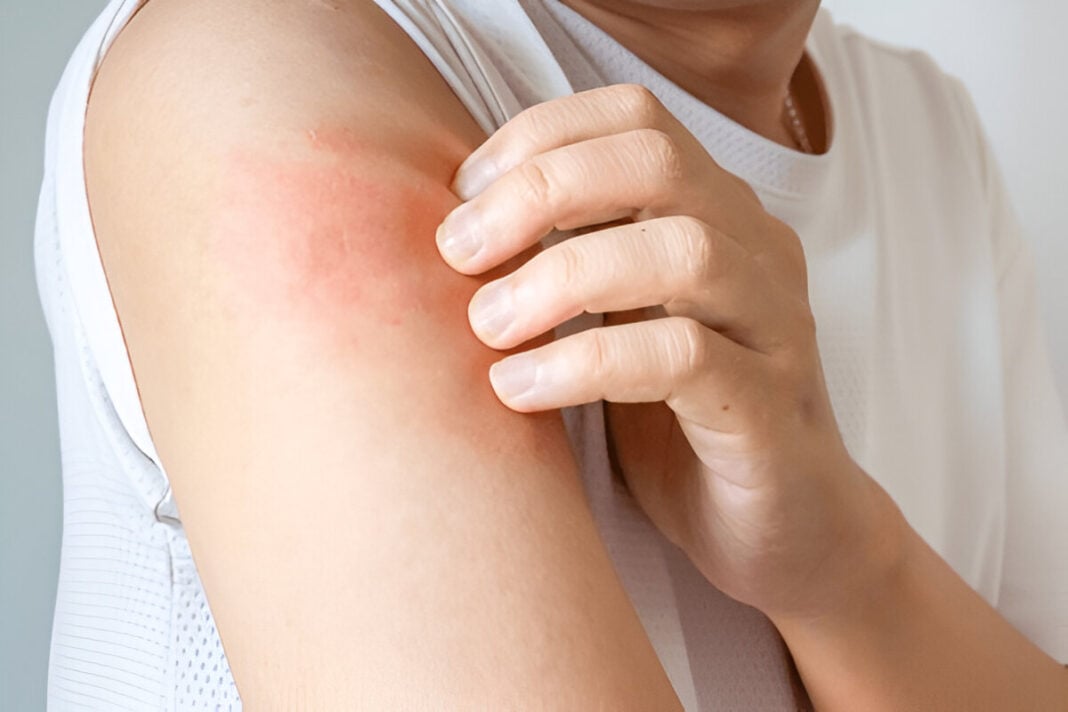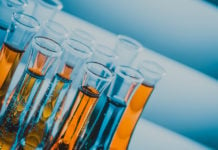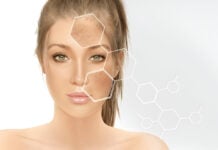Erythrasma is a common but often overlooked skin infection that affects the superficial layers of the skin. It is caused by a bacterium called Corynebacterium minutissimum, which thrives in warm, moist areas of the body, such as the armpits, groin, and between the toes (Saxena & Pathak, 2020). Although it is not a serious condition, it can be uncomfortable and is frequently mistaken for fungal infections like athlete’s foot or jock itch, leading to misdiagnosis and improper treatment.
What Causes Erythrasma?
Erythrasma is caused by the overgrowth of Corynebacterium minutissimum, a type of gram-positive bacterium that is normally present on the skin. Under certain conditions, such as excessive sweating, poor hygiene, obesity, diabetes, and a warm, humid environment, this bacterium can multiply and cause infection (James et al., 2022). People with weakened immune systems or those who wear tight, non-breathable clothing are also at higher risk.
Unlike fungal infections that thrive on dead skin cells, erythrasma is a bacterial infection, though it often looks similar on the surface. This resemblance is why it is frequently misdiagnosed, and patients might be given antifungal medications that do not work against bacteria.
Symptoms and Diagnosis
The most common symptom of erythrasma is the appearance of reddish-brown, slightly scaly patches on the skin. These patches are often flat and can merge into larger areas. They typically appear in skin folds where there is friction and moisture, such as the groin, underarms, under the breasts, or between the toes (Singh et al., 2021). Some people may experience mild itching or irritation, but in many cases, erythrasma is painless and may go unnoticed.
Diagnosing erythrasma can be tricky without the right tools. A simple and effective method is the use of a Wood’s lamp a special ultraviolet light. When the affected skin is examined under this lamp, erythrasma shows a characteristic coral-red fluorescence due to the presence of porphyrins produced by the bacteria (Patel & Schwartz, 2023). In more complicated or uncertain cases, skin scrapings or cultures may be taken for further testing.
Treatment Options
Once diagnosed correctly, erythrasma is usually easy to treat. Topical antibiotics such as clindamycin or erythromycin are often effective when applied directly to the affected area (Habif, 2021). For more widespread infections or in cases where topical treatments are not enough, oral antibiotics may be prescribed.
Good hygiene practices play an essential role in preventing and managing erythrasma. Keeping the skin clean and dry, wearing loose-fitting clothes, and avoiding synthetic fabrics can help reduce moisture and friction that favor bacterial growth. For individuals with underlying health conditions like diabetes, controlling blood sugar levels is also important in preventing recurrence.
Prevention and Lifestyle Tips
Preventing erythrasma largely involves maintaining proper skin care. Daily washing with antibacterial soap, especially in skin folds, and drying the skin thoroughly can go a long way. Wearing breathable fabrics like cotton and avoiding tight clothing can also help. People who sweat excessively may benefit from using antiperspirants or powders to reduce moisture.
In high-risk individuals, such as those with obesity or diabetes, regular skin checks and prompt treatment of any early signs of infection are crucial. Keeping blood sugar levels in check and losing weight, if recommended, can significantly reduce the risk of recurrence (Saxena & Pathak, 2020).
When to See a Doctor
While erythrasma is not life-threatening, it should be treated to prevent discomfort and spread. If you notice persistent reddish-brown patches in skin folds that do not respond to over-the-counter antifungal creams, it’s a good idea to see a healthcare provider. A correct diagnosis is key to effective treatment.
Ignoring the infection or mistaking it for something else can lead to prolonged discomfort or even worsening of the condition. Fortunately, with the right diagnosis and treatment, erythrasma clears up quickly and does not usually cause long-term problems.
Erythrasma is a relatively minor but often misdiagnosed skin condition caused by Corynebacterium minutissimum. It tends to affect moist, warm areas of the body and is common among people with risk factors like obesity, diabetes, or excessive sweating. While it may resemble a fungal infection, a proper diagnosis using a Wood’s lamp or bacterial testing can lead to effective treatment with antibiotics. Practicing good hygiene and managing underlying conditions are essential steps in both treatment and prevention. With awareness and appropriate care, erythrasma can be managed easily and effectively.
References
- Habif, T. P. (2021). Clinical dermatology: A color guide to diagnosis and therapy (7th ed.). Elsevier.
- James, W. D., Elston, D. M., Treat, J. R., Rosenbach, M. A., & Neuhaus, I. M. (2022). Andrews’ diseases of the skin: Clinical dermatology (14th ed.). Elsevier.
- Patel, B. C., & Schwartz, R. A. (2023). Erythrasma. In StatPearls. StatPearls Publishing. https://www.ncbi.nlm.nih.gov/books/NBK470547/
- Saxena, A., & Pathak, M. (2020). Erythrasma: A case report and review of literature. Journal of Clinical and Diagnostic Research, 14(6), 12–14. https://doi.org/10.7860/JCDR/2020/44258.13850
- Singh, S., Goyal, A., & Ghosh, A. (2021). Erythrasma: Clinical features and management in primary care. Indian Journal of Dermatology, 66(3), 312–315.












